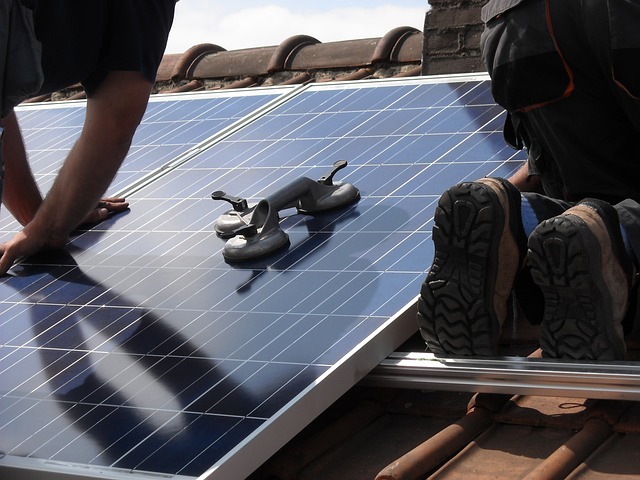
More and more homeowners are investing in solar panel installations. According to a study conducted by Pew Research, 8% of homeowners in the United States already have a solar panel installation, and a staggering 39% of all other homeowners are thinking about investing in one. If you’re thinking about upgrading your home with a solar panel installation, however, you may want to use rail mounts.
What Are Rail Mounts?
Rail mounts are beam-based mounting systems for solar panels. They are designed specifically for rooftop installations. You can install solar panels on the roof of your home. When compared to ground-based installations, rooftop installations such as this are typically more efficient because they receive more direct sunlight.
Rather than installing the solar panels directly on your roof, though, you can install them on rail mounts. Rail mounts are secured to roofs, after which solar panels can be mounted on them.
Common features of rail mounts include:
- Compatible with most types of solar panels
- Easy to install
- Raises the solar panels several inches off the roof
- Scalable design that allows you to add more solar panels as needed
- Prevents roofs from buckling
How Rail Mounts Work
There are different types of rail mounts, some of which contain different components. Nonetheless, all rail mounts feature beams. The beams are long pieces of steel or aluminum on which solar panels can be mounted.
When installing rail mounts, you’ll typically need to use flashings. Flashings are flat pieces of metal that are driven into roofs. Rail mounts don’t sit directly on roofs. Rather, they are raised by a few inches. Flashings are secured to roofs using fasteners. The rail mounts are then attached to the flashings. Finally, the solar panels are secured to the rail mounts.
Alternatives to Rail Mounts
Some rooftop solar panel installations use rail mounts, whereas others use a rail-less mounting system. Rail-less mounting systems typically consist of clips. You can install the clips on your roof, after which you can connect the solar panels to them using fasteners.
Rail-less mounting systems offer several advantages. For starters, they allow the solar panels to sit lower on roofs. With rail mounts, solar panels sit several inches above the roofs on which they are installed. With rail-less mounting systems, they sit lower and closer to the roofs.
Rail-less mounting systems also weigh less than rail mounts. Why does this matter? Since they are installed on roofs, mounts must be an appropriate weight. If they are too heavy, they may jeopardize the roof’s structural integrity. Most modern homes can easily handle rail mounts, but some older homes with weaker roofs may require a rail-less mounting system.

